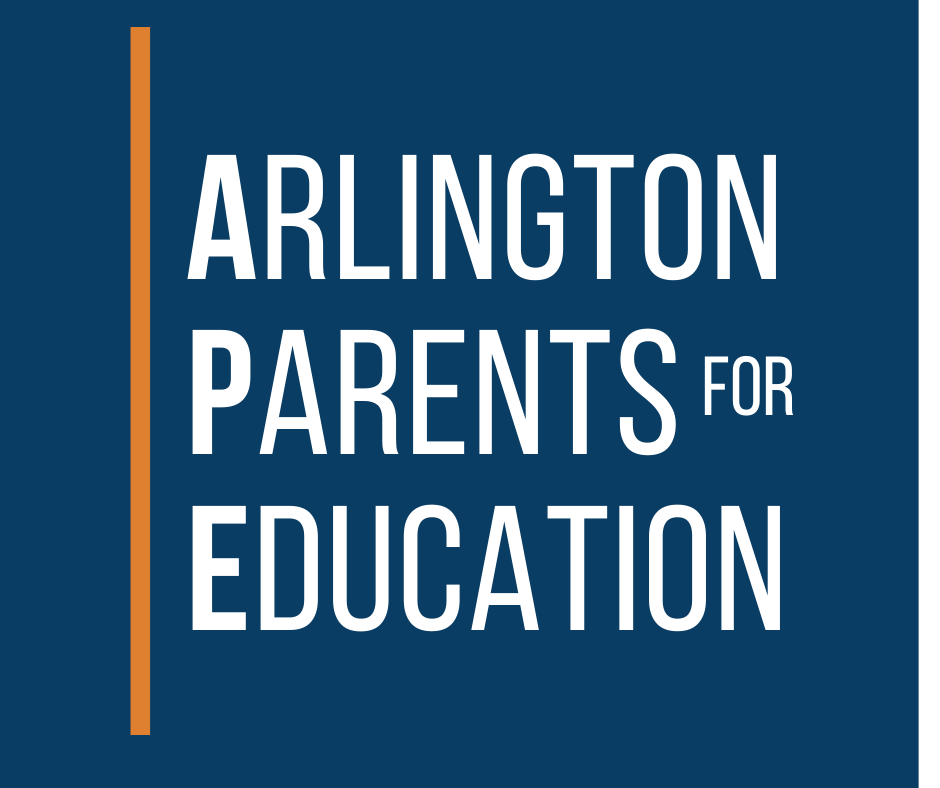Learning Recovery
Student achievement plummeted, now is the time to address it.
The impact of lost instructional time on student achievement during the pandemic has been enormous. Studies estimate that K-12 students are now five months behind in math on average and four months behind in reading. Students in majority Black schools ended the year six months behind in math; students in low-income schools, seven. These results were what experts long ago warned about: closed schools “seriously hampered learning for all but a privileged few” and left many with essentially no schooling at all.
The impact is not only on academic achievement but also mental health. More than one-third of parents are very or extremely concerned about their children’s mental health. The normal touchpoints for students in crisis were gone during the pandemic. As one example, APS conducted less than 20% of its normal suicide risk assessments during virtual learning.
APS SOL data shows dramatic declines, with reading pass rates down 5 percentage points overall and math pass rates declining by 21 percentage points. The declines were even more pronounced for students with disabilities, English learners, economically disadvantaged students, and minorities. These SOL declines confirm early indications that Arlington students struggled in virtual learning: APS’ statistics at the elementary and middle and high school levels showed significant declines last year, and “Black and Hispanic students, English-language learning students, and students with disabilities [experienced] the deepest drops.” It is critical that APS recognize and address these issues. Federal funding is available, and APS should use it for its intended purpose, supporting students to “fully recover from the massive impact of lost instructional time on student achievement during the pandemic.”

